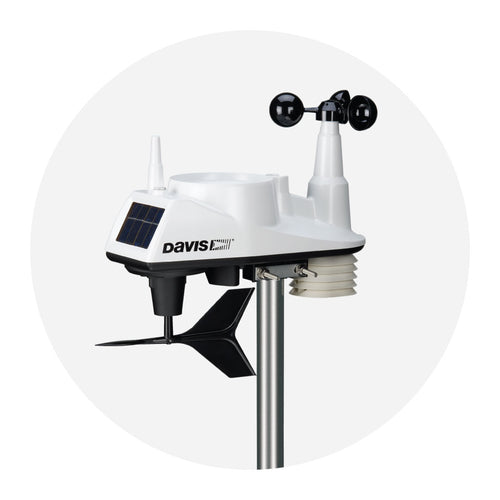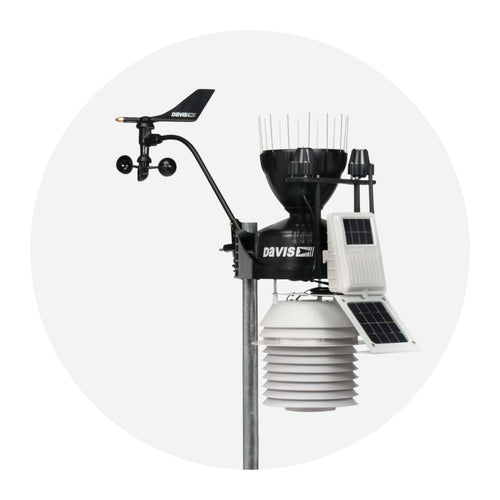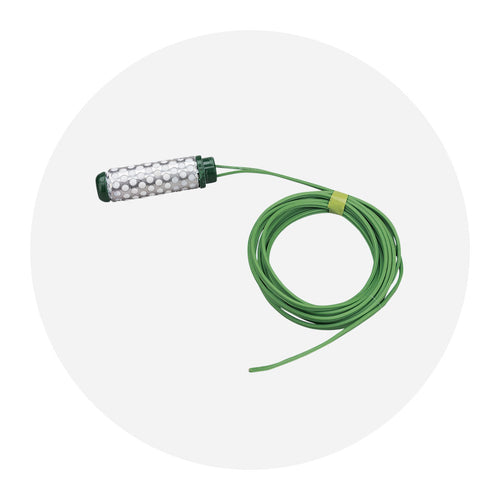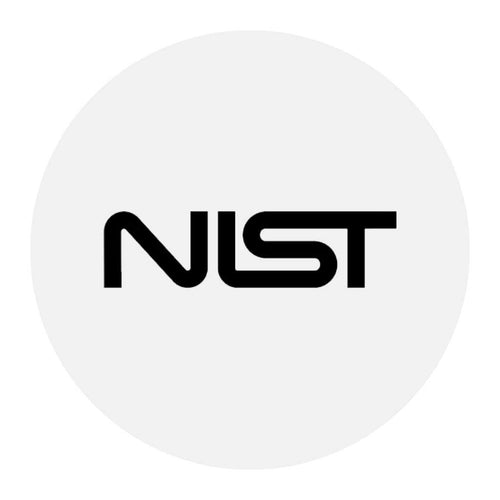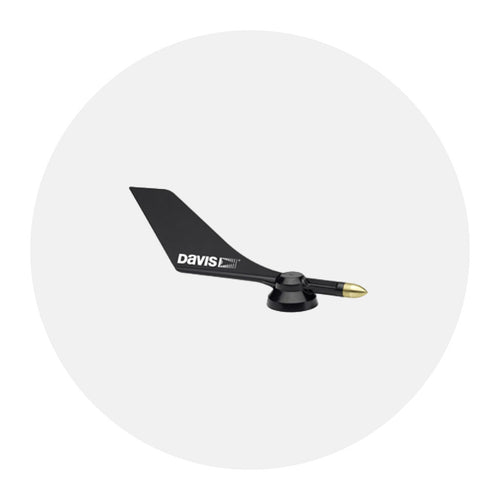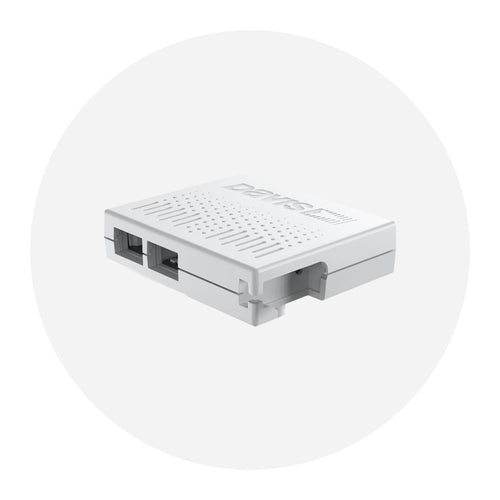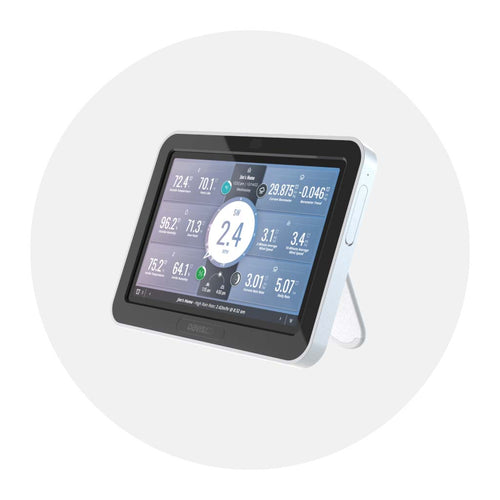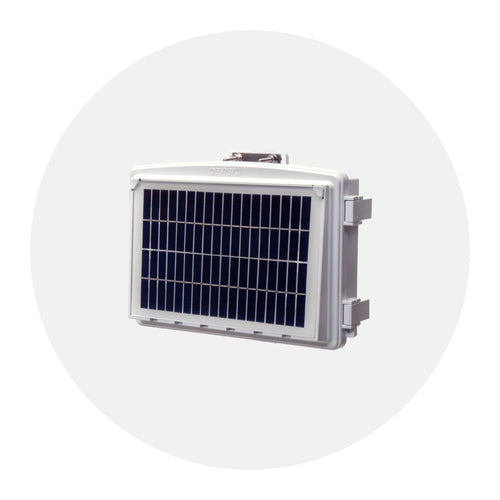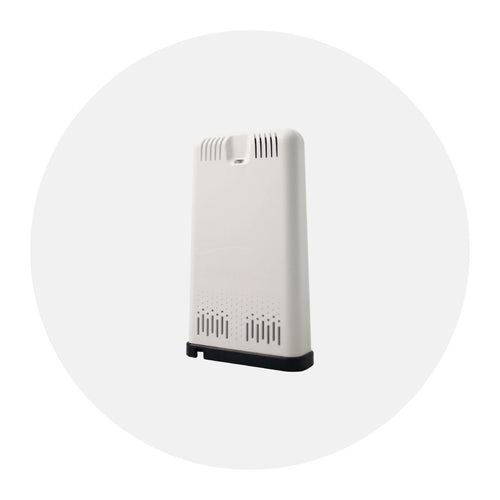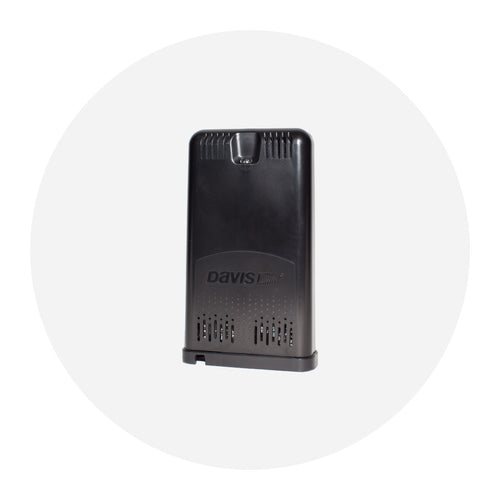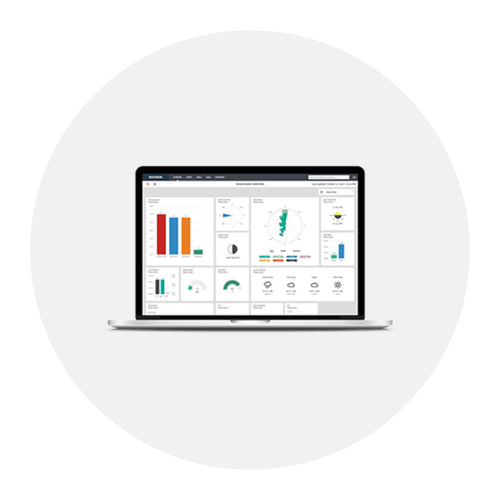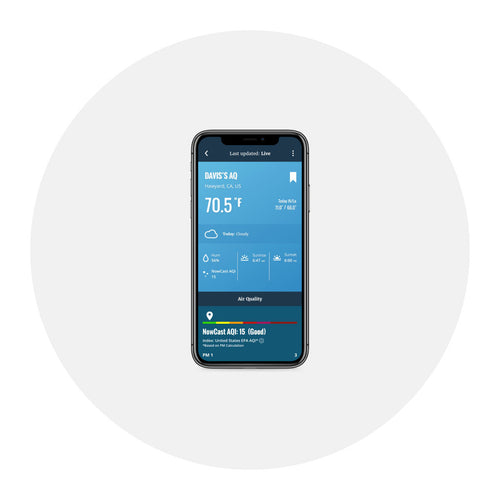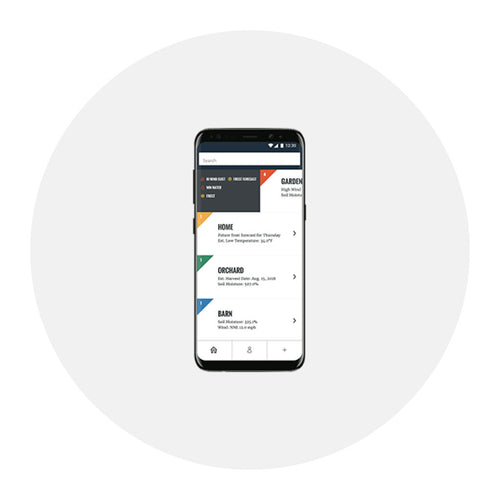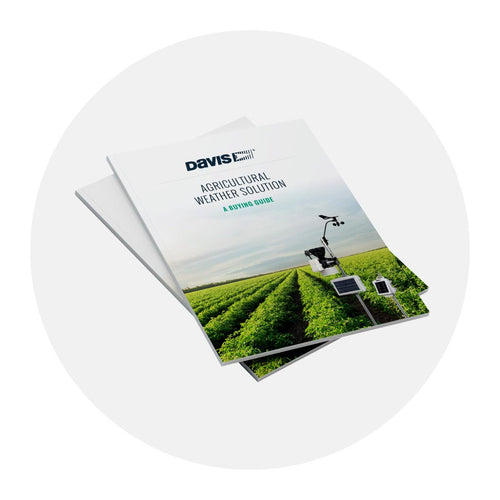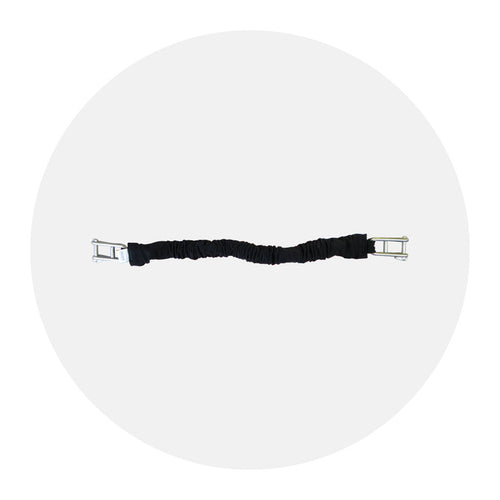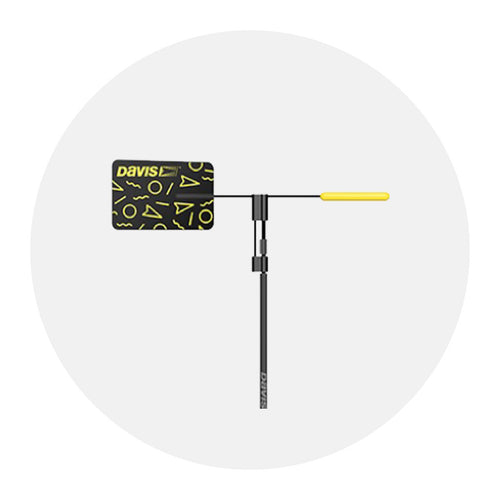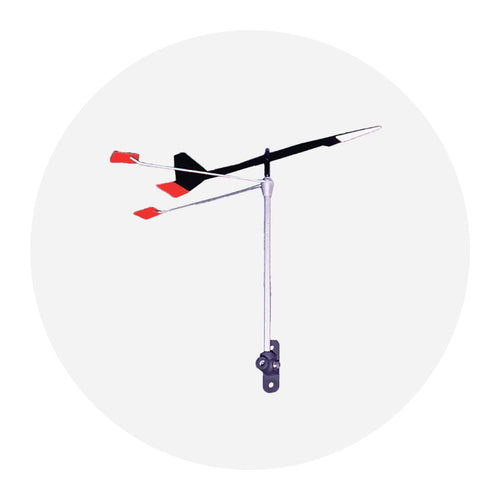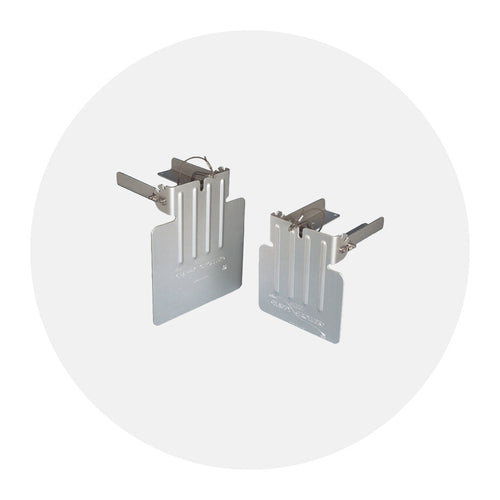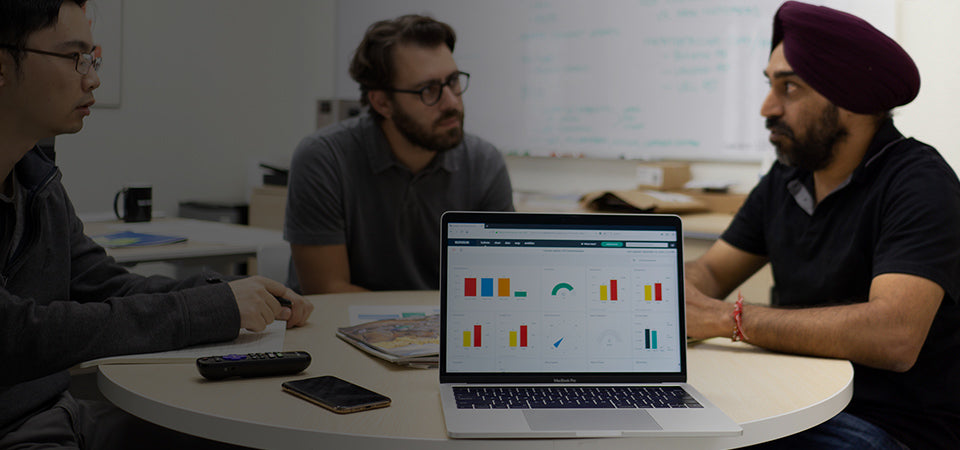
WeatherLink 2.0 Behind the Scenes: The Design and Development of the WeatherLink Cloud Platform
WeatherInsider editor Lisa Allphin sat down for a chat with the guy behind our new WeatherLink Cloud, Eric Persha, to get some insight into this exciting new platform.
LA: Tell us a bit about your thought process in creating the WeatherLink Cloud platform.
EP: Everyone at Davis Instruments takes pride in building the most accurate and durable weather products available at an affordable price point, but, of course, what good is a great weather station without a way to view the data?
Back in 1991 (a bit before my time here!) we launched the WeatherLink Computer Software. Even after 27 years it remains a customer favorite for storing and analyzing the complete history of your station data. It remains available for free download on WeatherLink.com and will certainly still be used by many customers, but it limits the station owner to viewing data only on their personal computer.
In 2008, we added to the computer software by launching the original WeatherLink.com, which provided a web and mobile tool for viewing current station conditions. It gave customers the ability to tap into their station data from anywhere and anytime as long as they had an internet connection—but it lacked the historical data, charting, and analysis capabilities of the computer software.
Fast forward to 2018, and the new WeatherLink Cloud. We took everything we’ve learned from 25+ years of managing weather software and brought all of it online via WeatherLink.com and WeatherLink mobile apps. The new WeatherLink.com has many of the charting and data analysis capabilities of the stalwart computer software, but is now accessible from any internet connected device. The mobile apps provide immediate access to your weather data with access to relevant historical data, forecasting, and record-setting data from your station.
One thing I’m especially proud of is the way we’ve prioritized the concept of sharing in the new WeatherLink. The WeatherLink Network has always been a global community of station owners, all excited to share their weather data. We’ve made it as easy as possible to share weather data directly with friends and colleagues and to include weather station data on personal sites in multiple “embed” formats. We’ve also enhanced third-party sharing to sites like Weather Underground and have built a robust API to support the development of users integrating their data into other products.
LA: What was the process for designing and building the platform? How did you choose which features to include?
EP: Our process started with our incredibly supportive customers. Many of our customers have happily had their stations out there working for 10+ years and they were truly our greatest resource in this process. We surveyed thousands of our customers and met in person with several to get a deep understanding for how WeatherLink integrates into their daily lives, businesses, or hobbies.
Much of our effort was focused on bringing the capabilities of the widely-appreciated computer software into an online format, with an updated look and features that would enhance the overall experience of owning a Davis Instruments weather station. We wanted to make it fun and inviting.
After talking to our customers, we took those ideas and desires to our design team. At Davis Instruments, we have a team of diverse and talented engineers, meteorologists and technical support representatives, all of whom consider themselves “weather nerds.” (They wear that title with pride!) One of the advantages of designing, manufacturing, and supporting all of our products at our headquarters in Hayward, CA, is that we can easily elicit innovative ideas and test our software with a team of experts.

LA: What would you say was the biggest challenge you faced in building the platform?
EP: Wanting to do everything for everyone! Our stations and software are used by such a diverse group of people all around the world. We have professional and amateur meteorologists, backyard gardeners, storm chasers, researchers, large scale agriculture and full-scale business operations all using our stations. Our customers have such a wide range of needs and interests related to how they get value out of our products and software.
So our challenge was to provide a set of tools that could be easily modified to support any customer’s needs, while not overwhelming the casual customer who simply wants to know whether to wear a coat for today’s walk. That is highlighted on WeatherLink.com with our endlessly customizable dashboard of data tiles that can be added and removed, resized and moved around to create a weather view for any situation.
LA: How is WeatherLink different from other weather software or apps?
EP: We really focused on two key aspects that help us distinguish WeatherLink.com from other solutions.
First is what I call, “My Station, My Weather.” Our platform is distinctly about someone viewing the data from their weather station, or a public station in a specific location, not about generalizing data for an area of region. While we integrate local forecasts and other data to augment personal weather data, our first focus is on real-time data from a specific location.
Second: tools for analysis. We know our customers have always wanted to dive deeper into the data. It’s great to know the current environmental conditions, but we know they want more. Our charting and data tools provide a way to compare and analyze historical data to reveal trends and key insights, depending on the specific customer needs.
LA: What should customers expect from WeatherLink in the future?
EP: For us the purpose of launching the new WeatherLink.com and mobile apps was to create a solid foundation that we could build off of in the future. I’m excited about several new features and capabilities planned for 2019, and I am looking forward to consistently improving the platform over time. To do that, we’ll depend on customer feedback. I look forward to receiving thoughts and ideas from our customers.
I feel like the launch of the new platform is just the beginning of what we can do with the WeatherLink platform. It’s pretty exciting!
In the face of escalating environmental risks, AEM is the essential source for insights on weather, climate, lightning, floods, wildfires, water management, and more.
Learn more about AEM and all of our solutions here.


